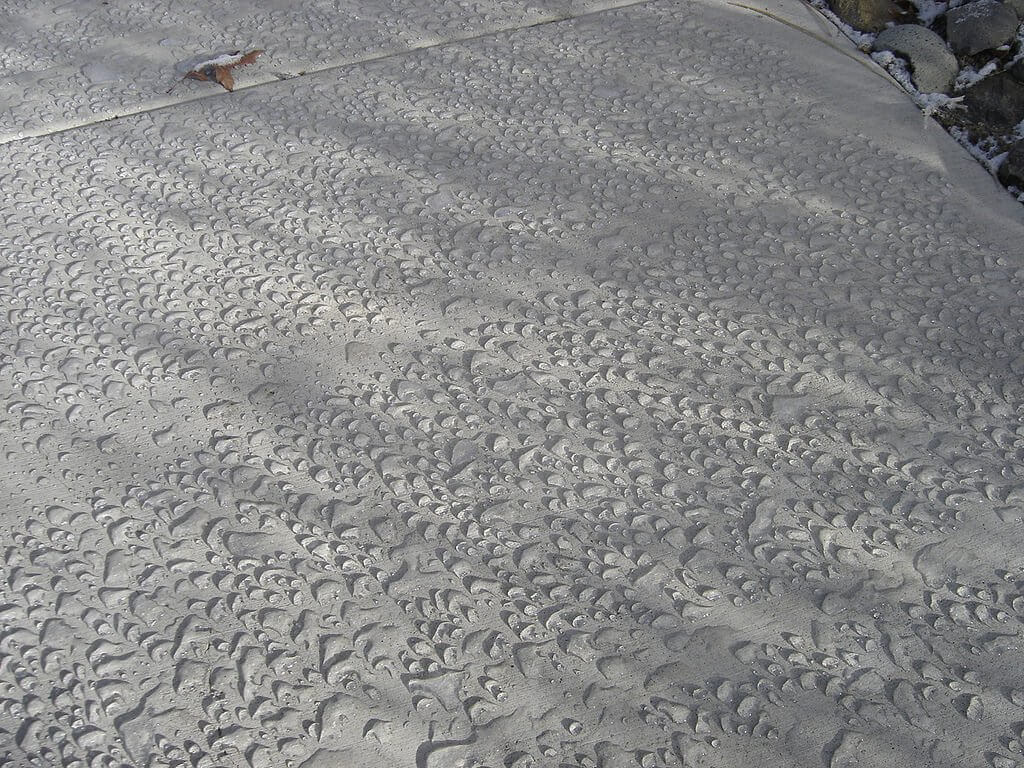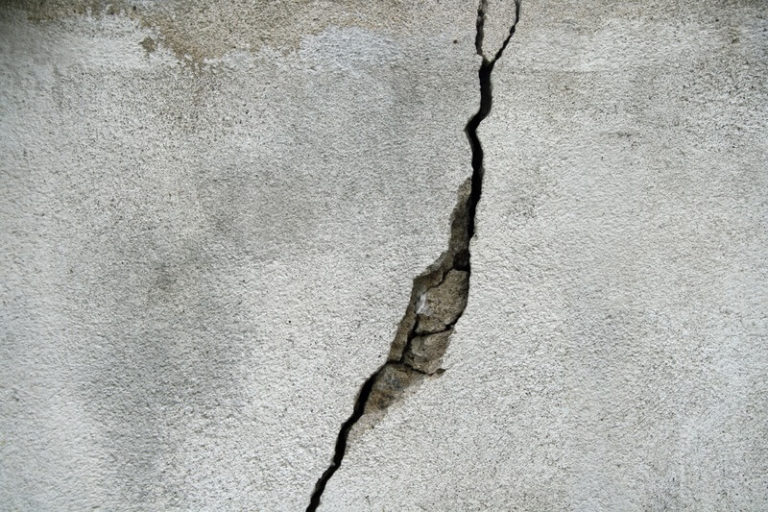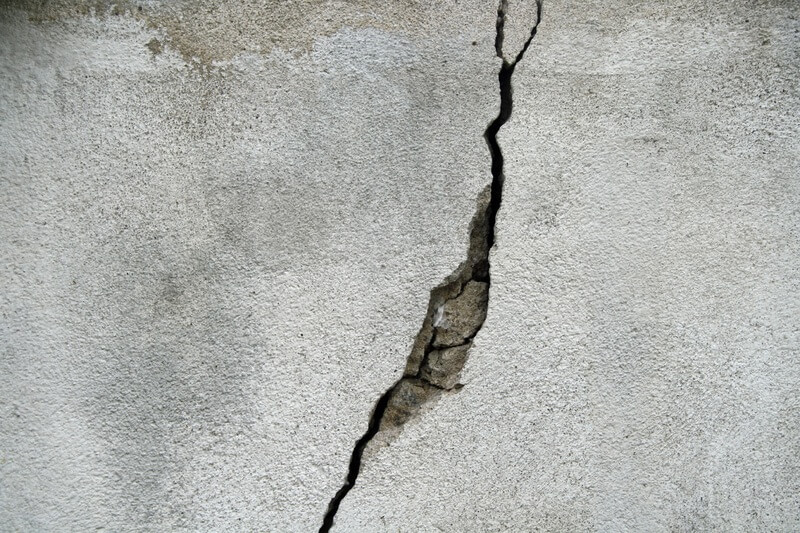Why Is Water Bad for Concrete?
When water accumulates on a concrete surface, it can infiltrate the pores and cause concrete cracking. It’s not surprising that roads are in constant need of repair in climates that experience frequent freezing and thawing cycles. Thankfully, researcher Konstantin Sobolev, a professor of civil engineering at the University of Wisconsin–Milwaukee (UWM), has designed a solution: water-repellent concrete.How Does Water-Repellent Concrete Work?
Typically when you have water buildup on a concrete surface, the water will start to seep into the concrete—slowly but surely. With water-resistant concrete, however, water forms droplets or beads on the concrete surface, which then roll off. The main composite that Sobolev adds to the concrete mix to battle against water penetration is dubbed “superhydrophobic engineered cementitious composite” (SECC).
SECC Protects Concrete from Moisture in Two Ways
-
- Nano-additives change the concrete on a molecular level once it has hardened, resulting in a spiky surface noticeable at a microscopic level. This rough surface causes the water to bead and roll off on contact. Think of a leaf with beads of water sitting on its hairy surface.
- Millions of tiny bubbles containing air and siloxane oil are blended with the concrete. Cracking causes the bubbles to break and release the oil; and since water and oil don’t mix, this cracking keeps the water out.
How to Reduce Concrete Cracking
SECC alone doesn’t guarantee the impermeability of concrete. However, in combination with a fiber reinforcement strategy, it can effectively reduce the brittleness of high-strength concrete, thereby eliminating large cracks. Basically, strong polyvinyl alcohol fibers or high-density polyethylene fibers are mixed into the concrete to prevent small cracks from becoming larger gaps. This method does not eliminate small cracks; rather it results in evenly distributed micro-cracks while the material’s superhydrophobic properties form a water barrier. When compared to traditional concrete, this architecture provides two main advantages:- It increases ductility or flexibility under stress by over 200 times.
- It enables the material to withstand 4 times the compression.
Increase Concrete Durability by Keeping Water Out
Explore 12 Futuristic Technology Trends Solving Concrete's Biggest Challenges.
Download our 2025 Innovations Calendar!











One Response
New great advanced Concrete Coming up…. Very nice blog…. Thank a lot Sarah……